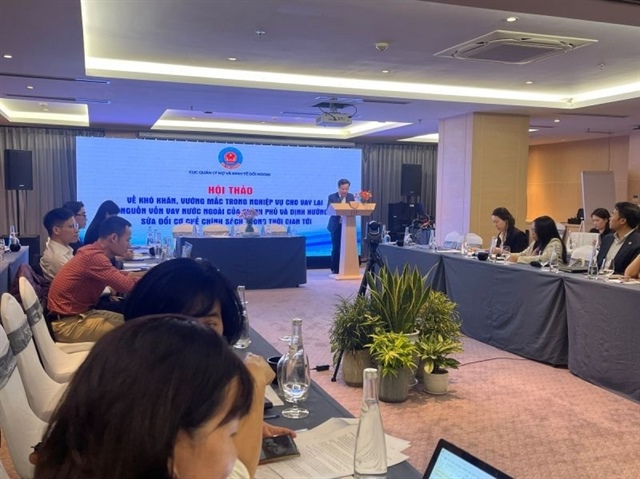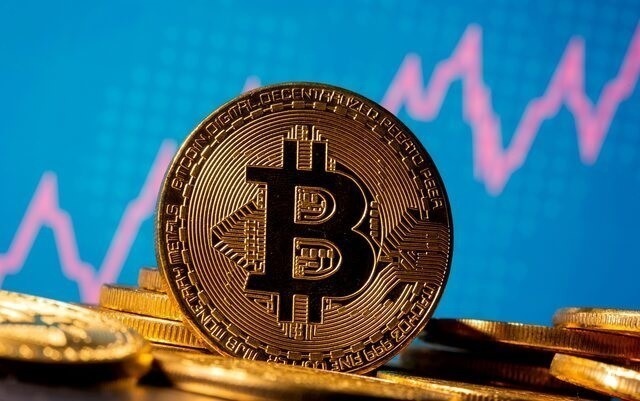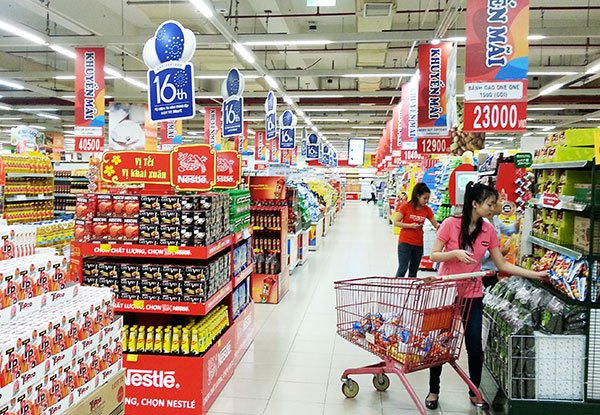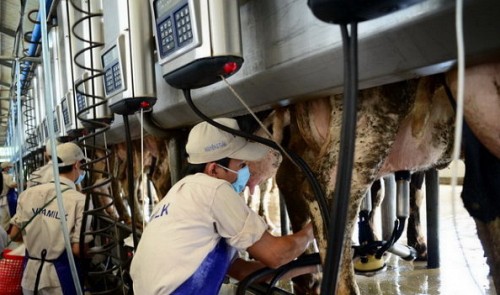Most domestic businesses do not buy risk-prevention insurance
Most domestic businesses do not buy risk-prevention insurance
Vietnamese businesses tend not to buy insurance policies even though they are exposed to high risks.
The fire at the Hai Duong Market in September 2014 is a typical example. The fire caused serious damages worth VND500 billion, destroying most of the goods, but. many of the merchants lost all of their money because they did not have insurance policies.A report shows that less than 50 percent of 480,000 businesses that deal with customs and taxation bodies with tax codes have social insurance policies. Many domestic businesses do not provide compulsory insurance.
As for fire insurance, Phung Ngoc Khanh from the Ministry of Finance’s Insurance Department said “the number of individuals and businesses taking out this insurance is modest”.
The same situation occurs with voluntary insurance: only 10 percent of Vietnamese have life insurance policies, in contrast to developed countries, where 90 percent of people are willing to pay for risk prevention instruments.
A report by Wharton Business School released 12 years ago showed that 40 percent of US businesses used currency derivative transactions in order to hedge exchange rate risks.
Meanwhile, more than 90 percent of Vietnamese import companies do not use any instruments to prevent exchange rate risks.
Vu Van Chien, deputy general director of Petrolimex Petrochemistry Company, said the company has lost VND60-70 billion this year after the three adjustments of the dong/dollar exchange rate.
The cost for Viet Thang Company’s 10 tons of goods increased by VND10 billion overnight just because of the foreign currency price fluctuations.
When asked why the company does not make forward transactions or foreign exchange swaps, Nguyen Xuan Duong, chair of Hung Yen Garment Company. said this was because of high insurance fees.
Benny Cheung from HSBC noted that in normal conditions, when the State Bank announces the exchange rate fluctuation at 2 percent maximum, and the futures price is calculated based on the 3-4 percent per annum dong-dollar interest rate gap, businesses tend not to use exchange rate hedging measures.
An analyst noted that the dong/dollar exchange rate stabilization since 2012 led businesses to think there was no need to take any measures to prevent risks.
However, Benny Cheung warned that the situation now is different. What happened in August showed that the dong may lose 2-3 percent of its value within a short time, seriously affecting businesses’ operation.
However, despite the warnings, many Vietnamese enterprises still find it too costly to take out insurance policies.
Do Duy Thai, Thep Viet general director, noted that the costs for exchange rate risk is as high as the provisioning against risks. Meanwhile, under the current difficult conditions, businesses have to cut costs.





















